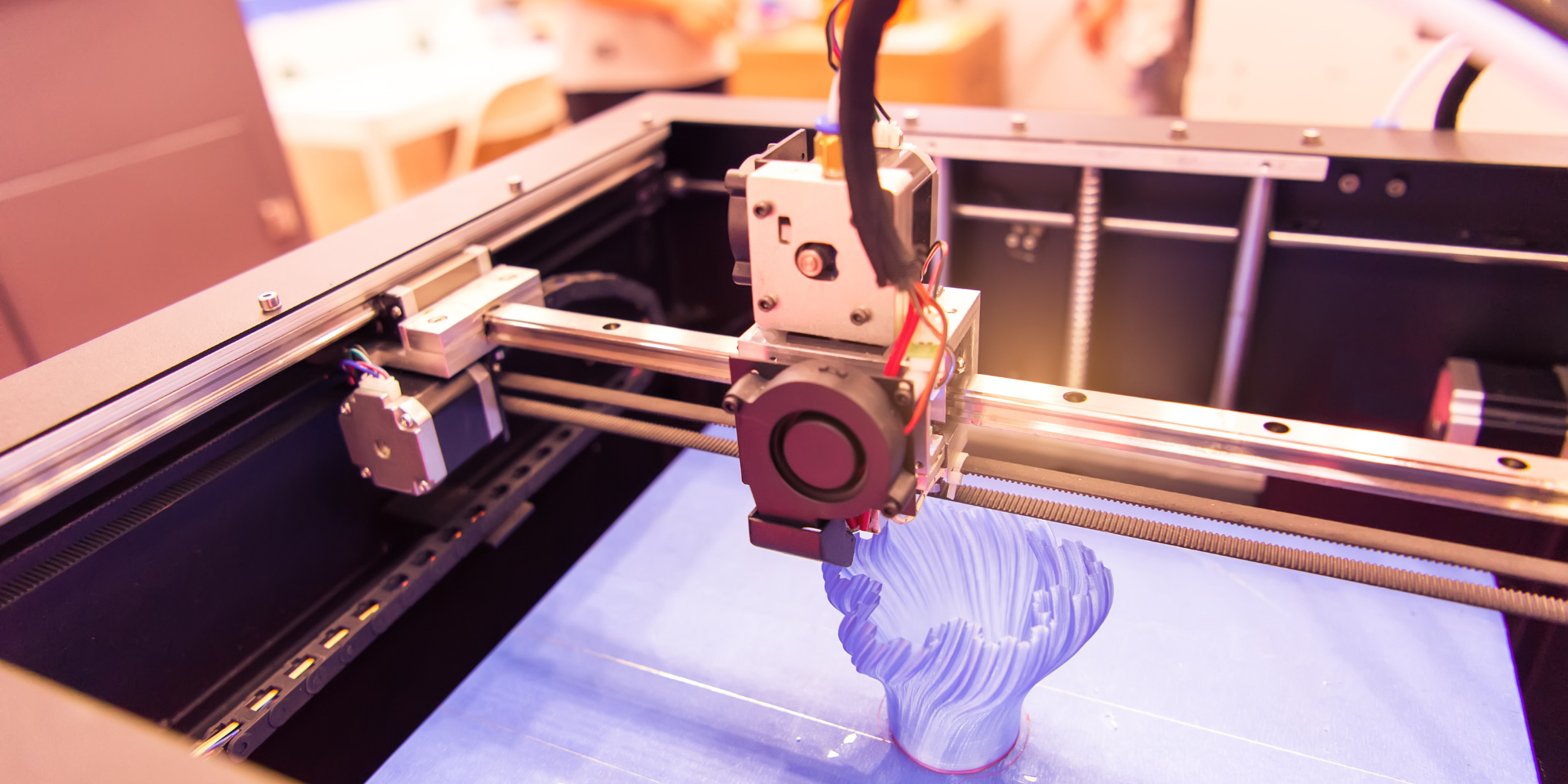Sheet metal fabrication is the process of creating objects from sheet metal. The sheet metal is usually cut to shape, then bent and formed into the desired object. Finally, it is often finished with a coat of paint or another sealant to protect it from corrosion. Visit website
There are several methods for bending and forming sheet metal. In this article, we'll take a look at some of the most common methods, as well as their advantages and disadvantages.
#1 Bending
One of the most common ways to bend sheet metal is by using a press brake. A press brake consists of a bed or table, over which a clamping bar presses down on the sheet metal. The sheet metal is then bent to the desired angle.
Advantages:
- Press brakes can produce accurate, repeatable bends.
- They can create a variety of different bend shapes, including V-shaped, U-shaped, and channel-shaped bends.
Disadvantages:
- Press brakes require expensive tools and equipment.
- They are not well suited for very thin sheet metal (less than 18 gauge).
#2 Forming
Another common method for bending sheet metal is forming. In this process, the sheet metal is placed over a die, which gives it the desired shape. The sheet metal is then clamped in place and formed into the desired shape.
Advantages:
- Forming does not require expensive tools or equipment.
- It can be used to create a variety of different shapes and sizes.
Disadvantages:
- Forming is not as accurate as of press brake bending.
- It is not well suited for very thin sheet metal (less than 18 gauge).
#3 Roll Bending
Roll bending is a type of forming that is used to create cylindrical shapes. The sheet metal is passed through a set of rolls, which bends it into the desired shape.
Advantages:
- Roll bending does not require expensive tools or equipment.
- It can be used to create a variety of different shapes and sizes.
Disadvantages:
- Roll bending is not as accurate as press brake bending.
- It is not well suited for very thin sheet metal (less than 18 gauge).
#4 Draw Bending
Draw bending is a type of forming that is used to create cylindrical shapes. The sheet metal is placed over a die, which gives it the desired shape. The sheet metal is then clamped in place and drawn through the die, which bends it into the desired shape.
Advantages:
- Draw bending does not require expensive tools or equipment.
- It can be used to create a variety of different shapes and sizes.
Disadvantages:
- Draw bending is not as accurate as press brake bending.
- It is not well suited for very thin sheet metal (less than 18 gauge).
#5 Spinning
Spinning is a type of forming that is used to create cylindrical shapes. The sheet metal is placed over a die, which gives it the desired shape. The sheet metal is then clamped in place and drawn through the die, which bends it into the desired shape.
Advantages:
- Spinning does not require expensive tools or equipment.
- It can be used to create a variety of different shapes and sizes.
Disadvantages:
- Spinning is not as accurate as press brake bending.
- It is not well suited for very thin sheet metal (less than 18 gauge).
Conclusion - Sheet Metal Fabrication - How To Bend And Form Sheet Metal
There are a variety of methods that can be used to bend and form sheet metal. Each method has its own advantages and disadvantages. The best method for you will depend on the type of project you are working on, as well as your budget and level of experience.


